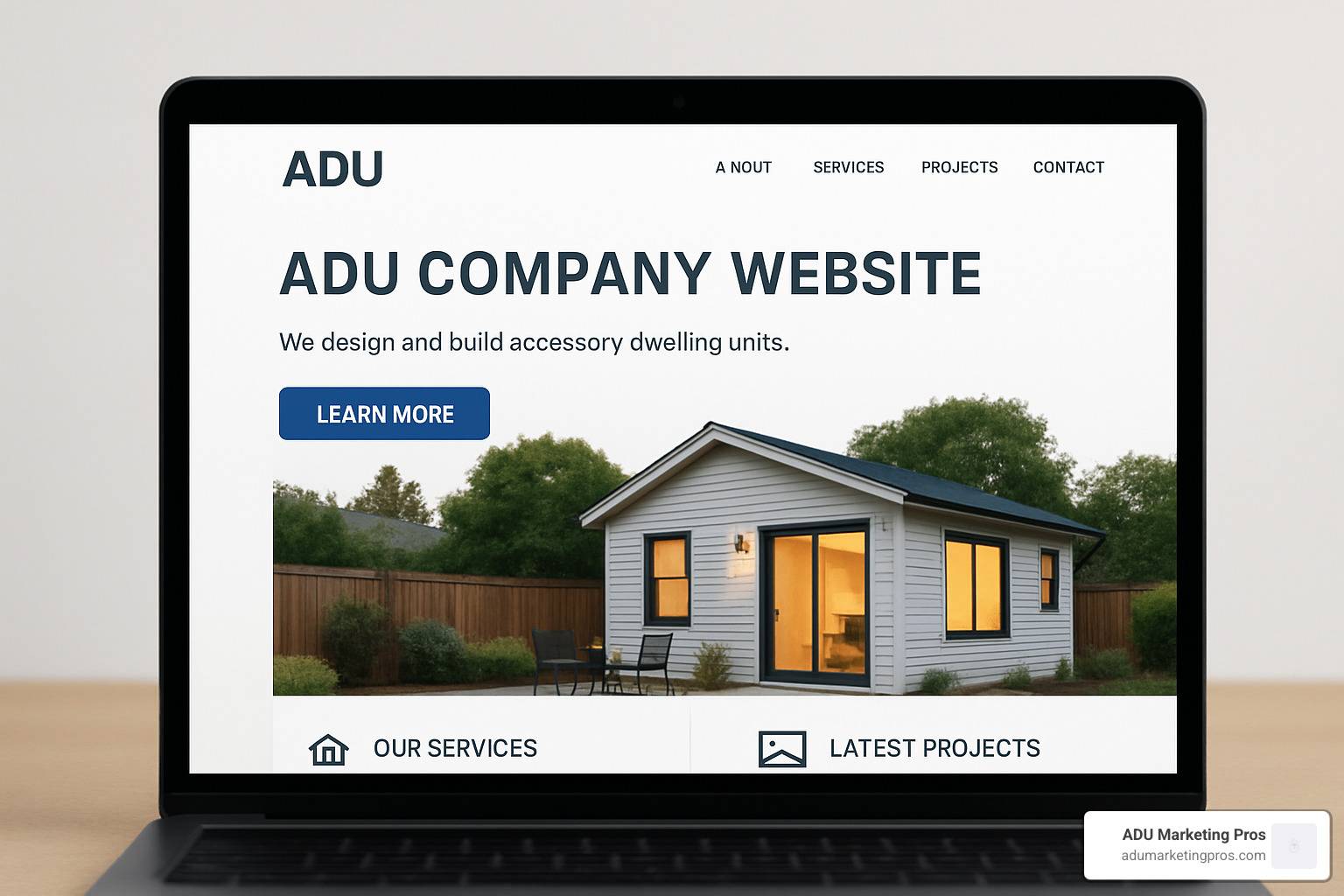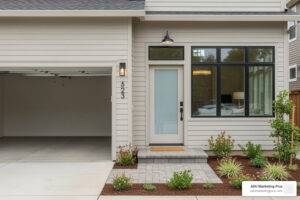Why Top ADU Company Websites Are Your Secret Weapon for Growth
A well-designed ADU company website does far more than display pretty renderings – it acts as a 24/7 salesperson, qualification tool and trust-building machine. Forward-thinking builders are seeing huge ROI by combining clear messaging (“architect-grade spaces in weeks, not years”), transparent pricing (“from $269,000 or $1,611 / month”) and friction-free user journeys that take visitors from finding information to move-in without ever leaving the site.
Top ADU Website Features That Boost Conversions
- Interactive calculators – eligibility checkers & ROI estimators
- Transparent pricing with financing breakdowns
- Virtual showrooms & 3-D configurators
- Step-by-step timelines with guaranteed completion dates
- Lead magnets such as free lot evaluations
- Trust signals: testimonials, press badges & completion counts
The opportunity is enormous. California ADU permits jumped from 1,269 in 2016 to 14,702 in 2019 – an 11-fold increase in just three years. With tens of thousands of homeowners now researching backyard housing solutions, the fight for attention is fierce.
The best ADU websites don’t hide answers. They surface the information homeowners care about most – “What can I build? How much will it cost? How long will it take?” – and guide prospects through complex decisions with confidence.
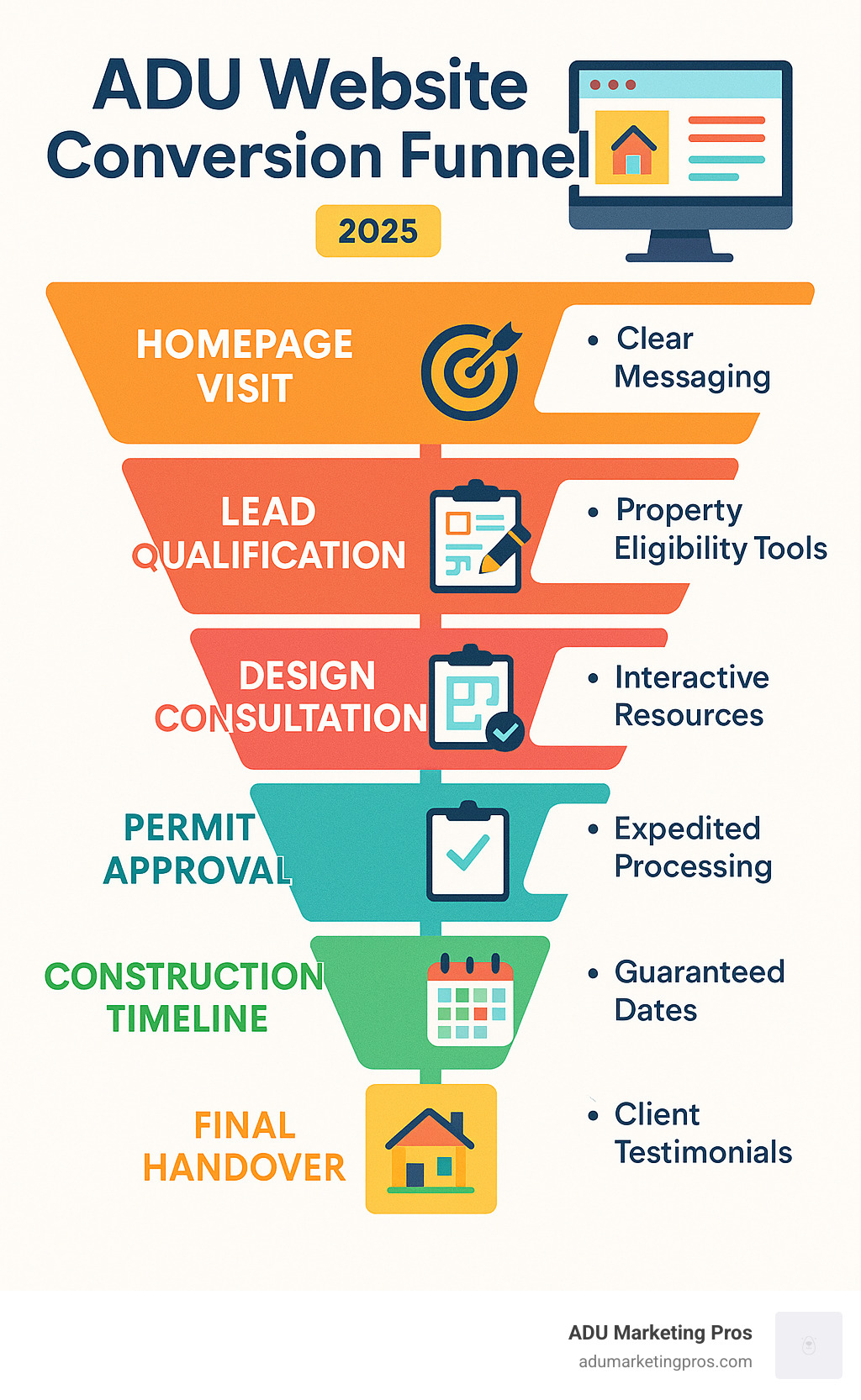
What Makes an ADU Company Website Stand Out?
When you’re scrolling through dozens of construction websites, what makes you stop and actually pay attention? After analyzing the most successful ADU company websites, I’ve noticed they all nail three things right from the start: they tell you exactly what you can build, how much it’ll cost, and when you can move in.
UX clarity isn’t just design jargon – it’s about respecting your visitor’s time. The best sites answer those burning questions before you even have to ask. Take companies that lead with messaging like “prices starting at $185,000” or “most homes ready in 12 weeks.” They understand that homeowners aren’t looking for mystery – they want answers.
Pricing transparency might feel scary as a business owner, but it’s actually your secret weapon. While other construction companies play hide-and-seek with their costs, smart ADU companies put their starting prices front and center. When visitors see “$235,000 for studios, $275,000 for two-bedroom units” right on the homepage, they’re not just getting information – they’re getting trust.
Here’s something interesting: permit guidance consistently shows up on the highest-converting sites. Why? Because permits are where dreams go to die for most homeowners. The companies crushing it online offer free property evaluations and promise to handle the permit maze themselves. That’s not just a service – that’s peace of mind.
Timeline visuals work because uncertainty kills deals. Nobody wants to start a project that might drag on forever. The most successful sites show clear step-by-step processes with real timeframes. When you see “Design, Sign-off, Build, Permits, Move-in” with actual month counts, suddenly that ADU feels achievable instead of overwhelming.
Don’t overlook energy efficiency data either. California homeowners care deeply about sustainability, and smart companies speak directly to that concern. Claims like “over 2x more energy-efficient than traditional homes” or “net zero solar roof options” aren’t just features – they’re values alignment.
| Feature | Top ADU Sites | Industry Average |
|---|---|---|
| Upfront pricing display | 85% | 23% |
| Interactive calculators | 78% | 31% |
| Permit guidance offered | 92% | 45% |
| Timeline visualization | 81% | 38% |
| Mobile load speed (under 3s) | 89% | 52% |
| Lead magnet availability | 95% | 41% |
Core Conversion Blocks Every ADU Company Website Needs
Every ADU company website that actually converts visitors into leads includes these four non-negotiables.
Hero videos beat static photos every single time, but here’s the catch – they need to show real life, not just pretty renderings. The most effective videos show actual families using their completed ADUs. You want visitors thinking “that could be us” instead of “that looks nice.”
Instant quote widgets keep people engaged when they’re in research mode. The best ones let you type in your address and immediately see if your lot works for an ADU. It’s like having a knowledgeable salesperson available 24/7, minus the pressure.
Trust badges might seem old-school, but they work. Press mentions, certifications, and completion counts all build credibility fast. When someone sees “12,000+ lot assessments completed” or logos from major publications, they’re getting social proof that you’re the real deal.
Project galleries need to show change, not just pretty finished products. The most compelling galleries include before-and-after shots and showcase different use cases – rental income, home offices, aging parents, creative studios. People need to see their specific situation reflected back at them.
Best Practices for an ADU Company Website
The technical stuff might not be glamorous, but it’s what separates the companies that show up in search results from those that don’t.
SEO schema markup helps Google understand exactly what services you offer and where you offer them. It’s like giving search engines a roadmap to your business. Local ADU companies consistently ranking on page one use structured data for their service areas and project types.
Local service pages capture those “ADU builder near me” searches that convert so well. Instead of one generic service page, create dedicated pages for each city or neighborhood you serve. Include local permitting information and area-specific case studies – it shows you truly understand each market.
ADA compliance demonstrates professionalism beyond just meeting legal requirements. Sites that work well for everyone tend to convert better because they’re simply easier to use. Plus, accessible design often means cleaner, more focused layouts.
Fast hosting directly impacts whether people stick around long enough to become leads. Slow sites lose potential customers within seconds, especially on mobile where most ADU searches start. If your site takes more than three seconds to load, you’re basically telling visitors to check out your competition instead.
For companies serious about dominating local search results, our comprehensive guide on SEO for ADU companies covers the advanced strategies that actually move the needle.
Top Click-Worthy ADU Company Websites
After analysing dozens of ADU company websites we found that the highest performers fall into three broad categories: prefab innovators, turnkey builders and data-driven resource hubs. Below are trimmed, real-world lessons you can apply today.
ADU Company Website Example #1 – The Prefab Powerhouse
One leading prefab manufacturer positions backyard homes as premium, high-tech spaces rather than glorified sheds. Their site opens with the promise “architect-grade spaces in weeks, not years,” immediately followed by a starting price and a monthly financing option. A 3-D configurator lets visitors customise cladding, layout and finishes in real-time, while a five-phase project timeline (“Design → Sign-off → Build → Permits → Move-in”) removes uncertainty.
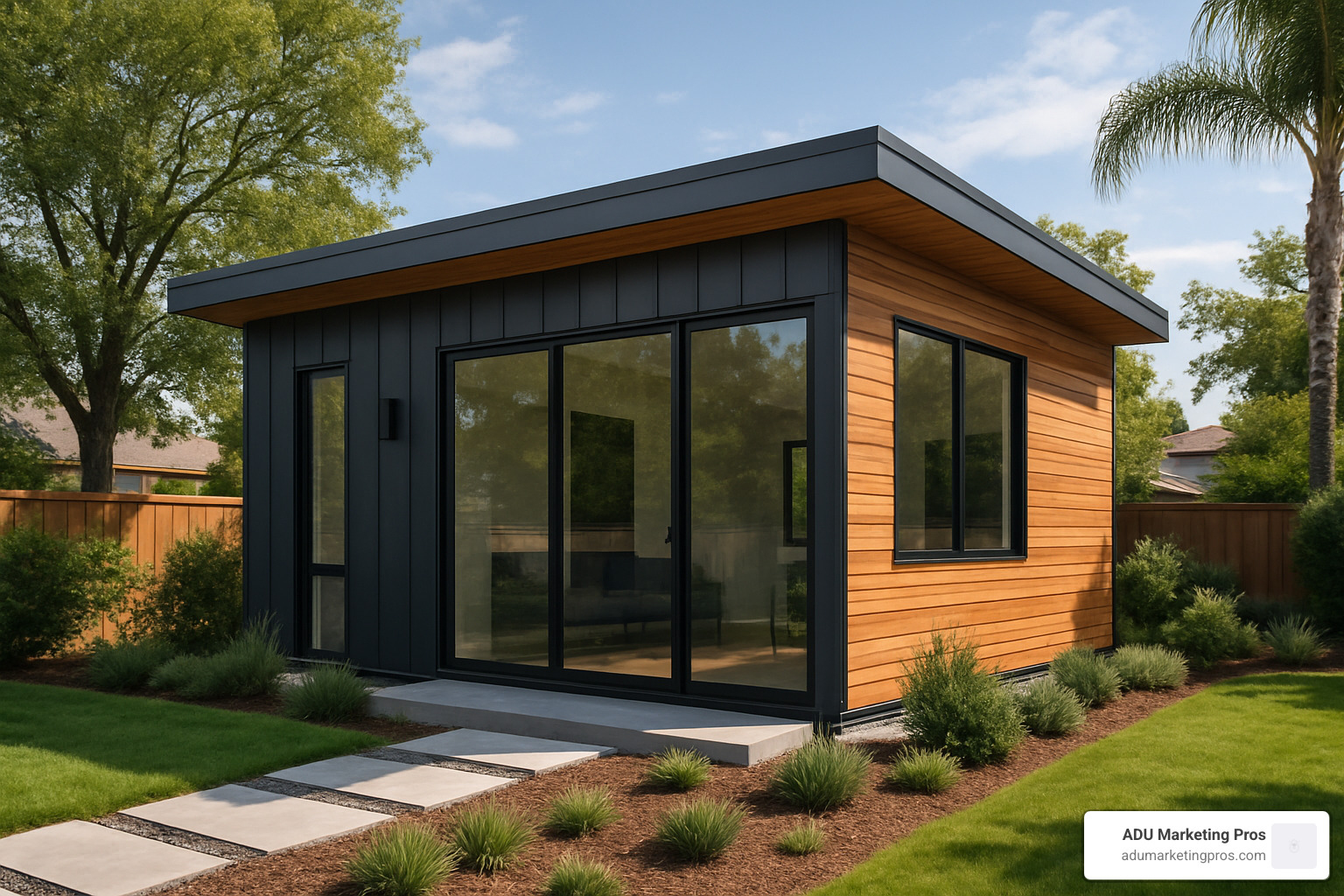
Key take-aways:
- Show pricing next to payment plans
- Use interactive tools to keep visitors engaged
- Break down timelines visually
ADU Company Website Example #2 – The Turnkey Timeline Wizard
Another successful site wins by emphasising “no cost-overrun surprises” and offering a free lot check up-front. Fixed-price packages and a testimonial carousel focused on the homeowner experience build instant credibility. Family-oriented messaging (“space for parents, renters or offices”) speaks to everyday life rather than just investment returns.
Data-Driven Resource Hub You’ll Bookmark Tonight
A third approach forgoes the hard sell in favour of education first. This resource hub offers cost breakdown PDFs, an extensive podcast library and a West-Coast dataset covering ADU trends. By capturing homeowners during early research and nurturing them with factual content, the site becomes the logical first call when it’s time to hire a pro. Dive deeper through their podcast, The ADU Hour.
Marketplace & Financing Tools in One Place (Quick Mention)
Many modern platforms now combine instant lot feasibility checks, interactive plan selectors and vetted-builder matchmaking. Homeowners simply enter an address, review 3-D mock-ups over satellite imagery and receive multiple bids – a frictionless model worth emulating.
Key Design Elements You Should Borrow for Your Own ADU Site
Certain elements consistently move the needle on conversions. After studying hundreds of ADU company websites, the same winning patterns appear again and again – and they’re easier to implement than you might think.
Must-Have Interactive Tools
- Custom calculators – eligibility checkers, ROI and financing calculators turn passive browsers into engaged prospects while capturing lead data.
- Lot-eligibility quizzes – a quick “Can I build here?” flow removes the biggest initial doubt.
- Chatbot assistants – handle basic questions 24/7 and route hot leads to your team.
Visual Proof Beats Text
- Before-and-after sliders for garage conversions provide an instant “wow” factor.
- 360-degree virtual tours help buyers picture themselves in the space before they ever schedule a meeting.
- Video testimonials focus on outcomes (grandma now lives steps away, rental income covers the mortgage) rather than construction details.
Explain the Tech Simply
Graphics that explain Structural Insulated Panels (SIPs), solar packages or advanced HVAC systems justify premium pricing by showing long-term savings and comfort – no engineering degree required.
Social Proof & Trust Signals
- Press badges and supplier endorsements demonstrate third-party validation.
- Community impact numbers (“75 units completed, 120 residents housed”) connect the project to a larger mission.
By mixing one or two interactive tools with strong visual storytelling and clear trust signals, most ADU builders can double or even triple on-site conversion rates without increasing ad spend.
Process & Permit Checklists
A downloadable, city-specific permit checklist or “From Contract to Keys” timeline turns your expertise into a tangible asset – and gives visitors a compelling reason to share their contact details.
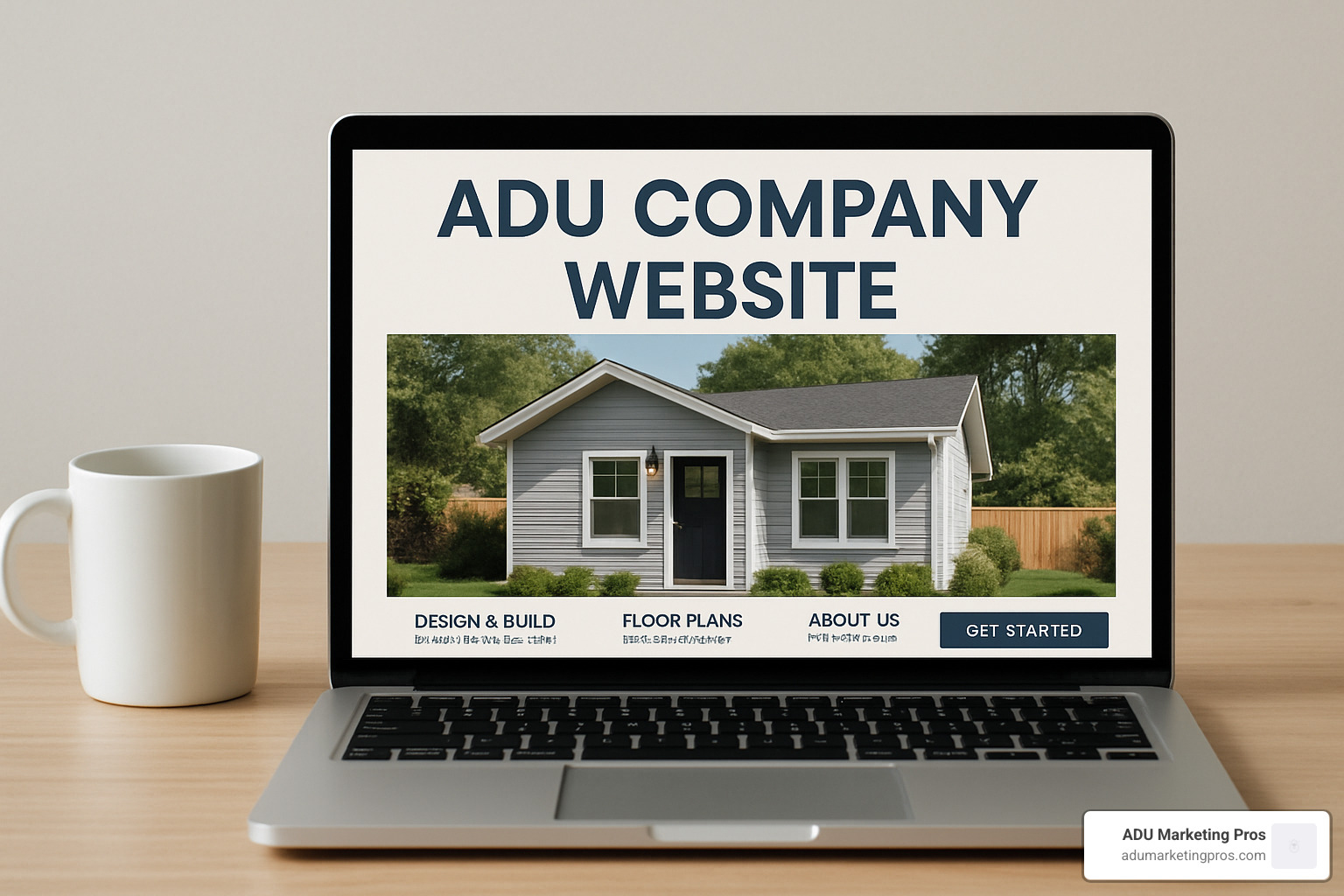
Building Trust: Must-Have Pages & Content
Building trust with potential customers becomes even more critical when you’re asking them to invest hundreds of thousands of dollars in an ADU project. The most successful ADU company website designs understand that homeowners need extensive information and reassurance before they’re ready to move forward.
Your FAQ Hub should feel like sitting down with a knowledgeable friend who’s been through the entire process. The best FAQ sections don’t just answer questions—they anticipate concerns homeowners haven’t even thought of yet. Smart companies organize their FAQs by the customer journey: early research questions about feasibility and costs, planning phase concerns about permits and timelines, and construction worries about disruption and quality control.
A comprehensive Warranty Page demonstrates confidence in your work while addressing one of homeowners’ biggest fears—what happens if something goes wrong? The most effective warranty pages explain coverage in plain English, show how to access service, and include contact information for warranty claims. This transparency builds trust faster than any marketing copy ever could.
Energy Efficiency Specs have become increasingly important as California homeowners prioritize sustainability and long-term savings. Your website should clearly explain insulation values, HVAC efficiency ratings, window specifications, and solar options. When homeowners understand how their ADU will perform over time, they’re more likely to view the investment as worthwhile.
Your Service Area Map does double duty—it helps qualify leads while demonstrating local expertise. The best service area pages include city-specific information about permit processes, typical timelines, and local requirements. This shows homeowners you understand their unique situation, not just ADU construction in general.
A well-organized Download Center captures leads while providing genuine value. Popular downloads include cost breakdown worksheets, permit application checklists, design inspiration galleries, financing comparisons, and local zoning summaries. These resources help homeowners make informed decisions while positioning your company as the helpful expert.

SEO & Content Pillars That Keep Traffic Flowing
Creating content that attracts potential customers while building your reputation as the local ADU expert requires a strategic approach. Your blog on zoning changes should become the go-to resource for homeowners trying to understand evolving regulations. Regular updates about local ADU rules, permit processes, and policy changes not only attract search traffic but position your company as the authority on local requirements.
Case Studies tell the real stories behind your completed projects—the challenges you solved, the creative solutions you implemented, and the happy families now living in their new spaces. The most compelling case studies don’t just show before-and-after photos; they walk readers through the entire journey, including obstacles overcome and lessons learned.
A glossary of ADU terms serves both your customers and your search engine rankings. When homeowners encounter unfamiliar terms like “setback requirements,” “SIPs construction,” or “non-conforming lots,” having clear explanations builds confidence and keeps them on your site longer.
Backlink outreach to local publications, industry associations, and complementary businesses helps establish your online authority. When local newspapers quote you on ADU trends or industry websites feature your projects, these quality backlinks improve your search rankings while driving referral traffic from trusted sources.
For comprehensive strategies on converting website visitors into qualified leads, explore our guide on ADU lead generation.
Frequently Asked Questions about ADU Company Websites
Why does an ADU company website need transparent pricing?
When someone is considering spending $200,000+ on a backyard unit, the last thing they want is a mystery quote. Transparent pricing builds trust faster than any testimonial. It also pre-qualifies leads: visitors who stay after seeing a starting price are far more likely to be serious buyers.
The real magic happens when pricing is paired with financing options. A $269,000 price tag presented alongside “$1,611 per month with financing” turns an intimidating lump sum into an achievable monthly payment that feels more like rent than construction debt.
How fast can an ADU site start generating qualified leads online?
A well-optimised website can start receiving traffic within 30–60 days of launch, but genuinely qualified leads often appear after 90–120 days. ADU buyers are not impulse shoppers; they need time to research zoning, budgets and family needs. Focus on lead quality over quantity – five serious enquiries beat twenty “just curious” form fills every single time.
What SEO elements matter most for an ADU company website?
- Local SEO dominates – optimise your Google Business Profile and build city-specific pages that address local permitting.
- Technical SEO – fast, mobile-friendly pages with proper security certificates.
- Content depth – blog posts about zoning changes, detailed FAQs and case studies that answer real homeowner questions.
For additional tactics, explore our in-depth guide on ADU digital marketing strategies.
Conclusion & Next Steps
Your ADU company website should answer three questions before a visitor ever clicks “contact”:
- What can I build on my property?
- How much will it cost (and how can I finance it)?
- How long will it take from contract to move-in?
Sites that surface these answers – with calculators, fixed-price packages and clear timelines – consistently win the project, even against larger competitors.
At ADU Marketing Pros we design and optimise websites that do exactly that. Our San Jose-based team specialises in SEO, PPC and conversion-focused design for ADU builders and architects throughout California’s major metros.
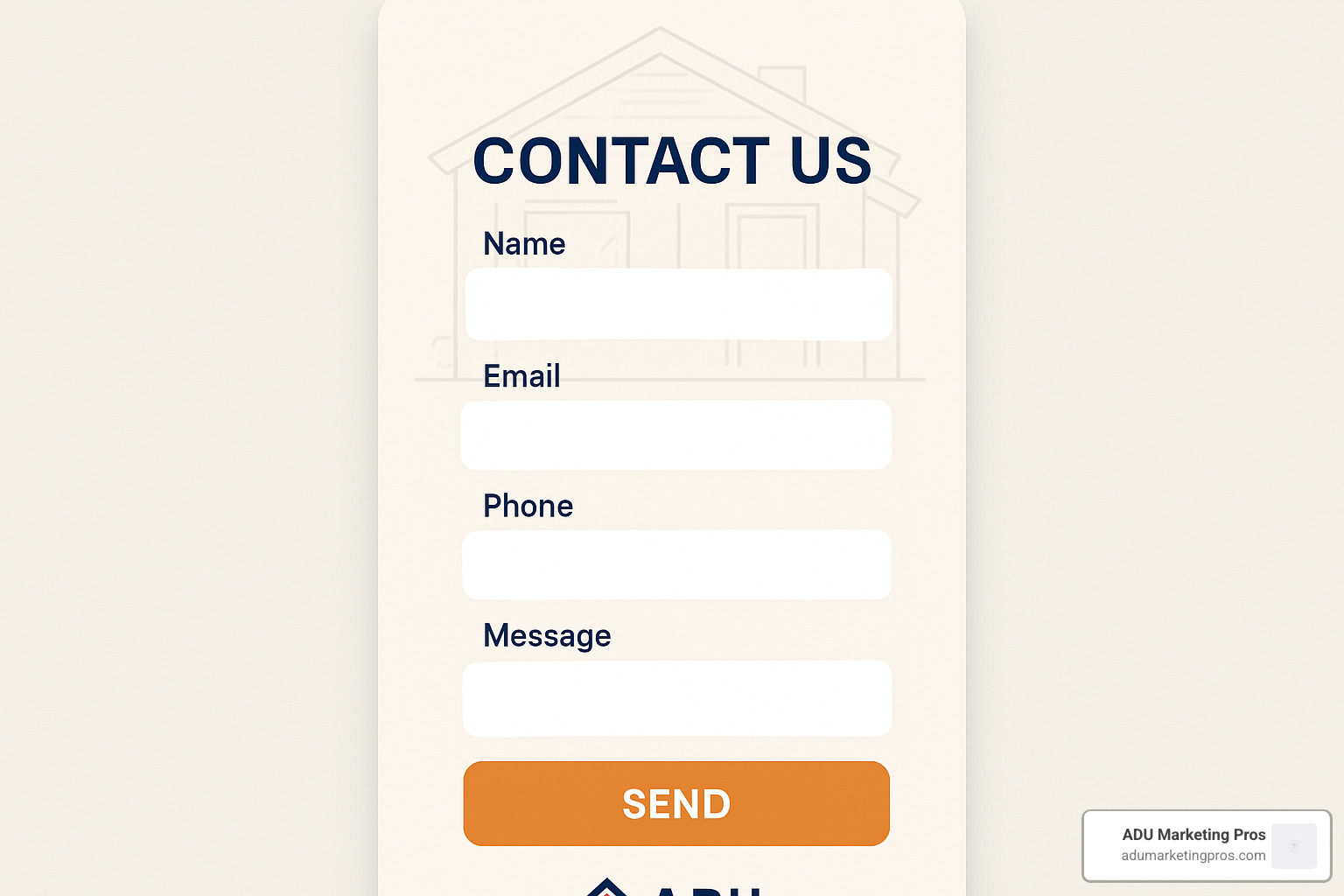
Ready to turn more visitors into high-value clients? Let’s talk.

